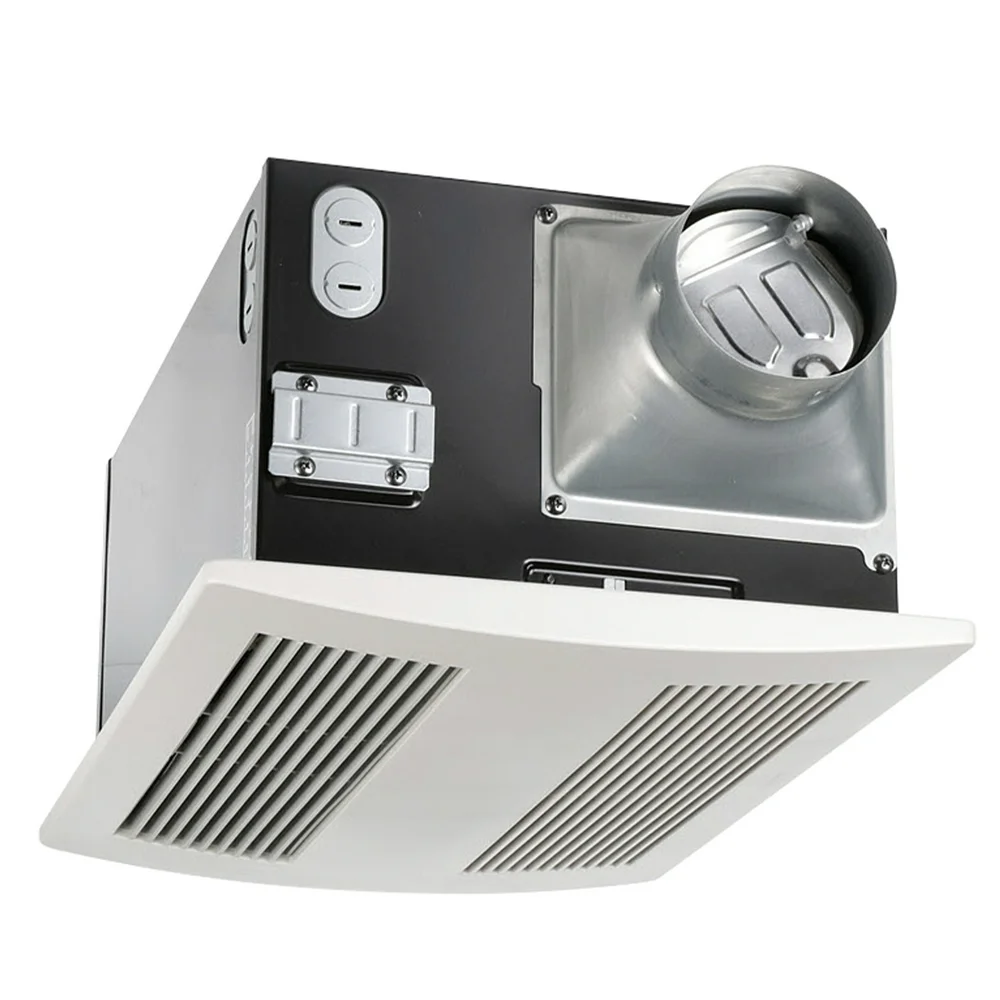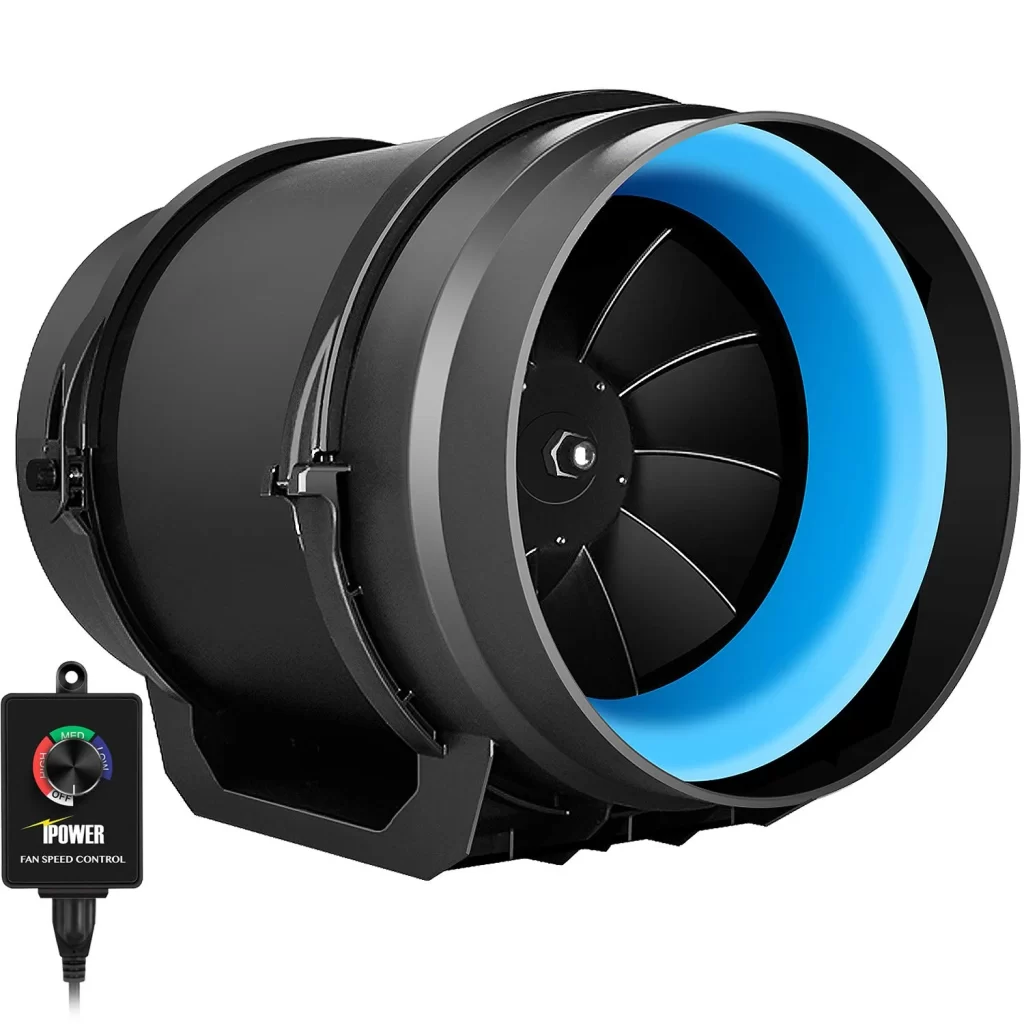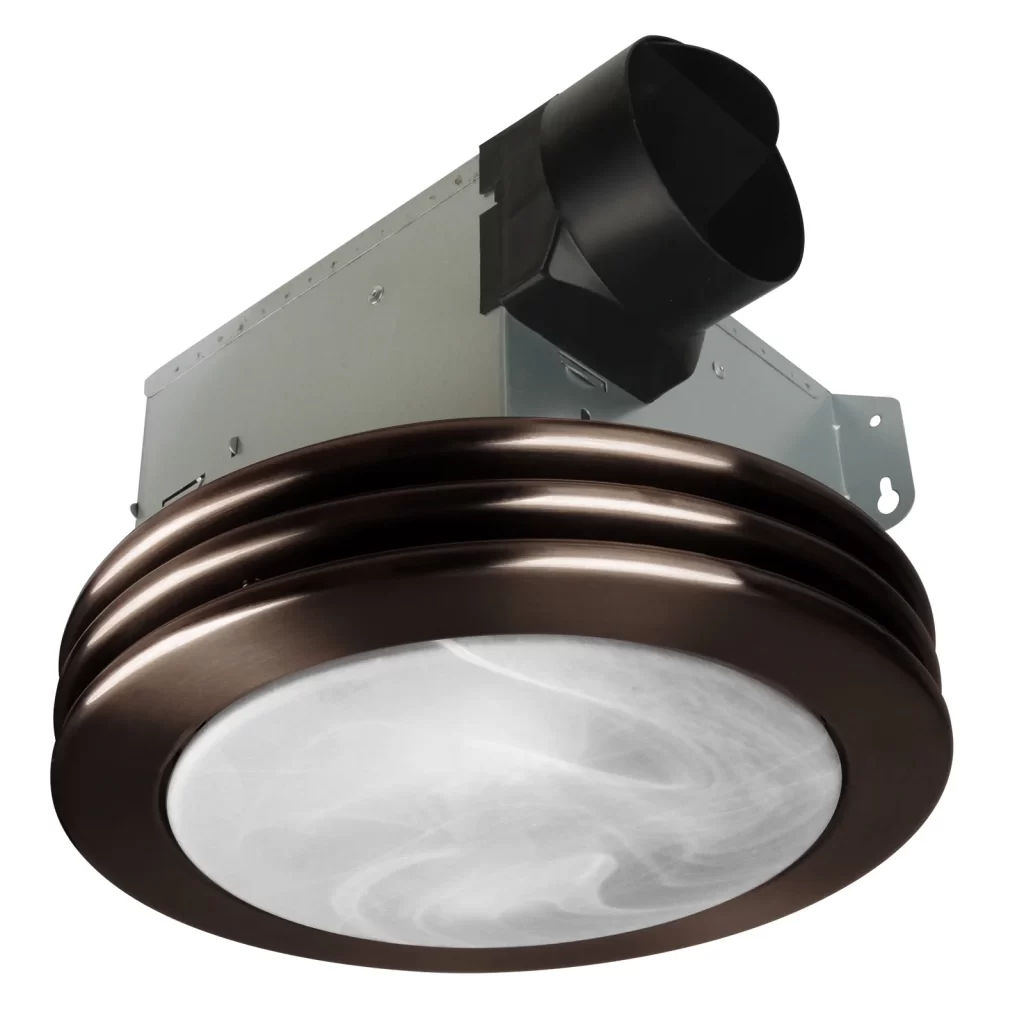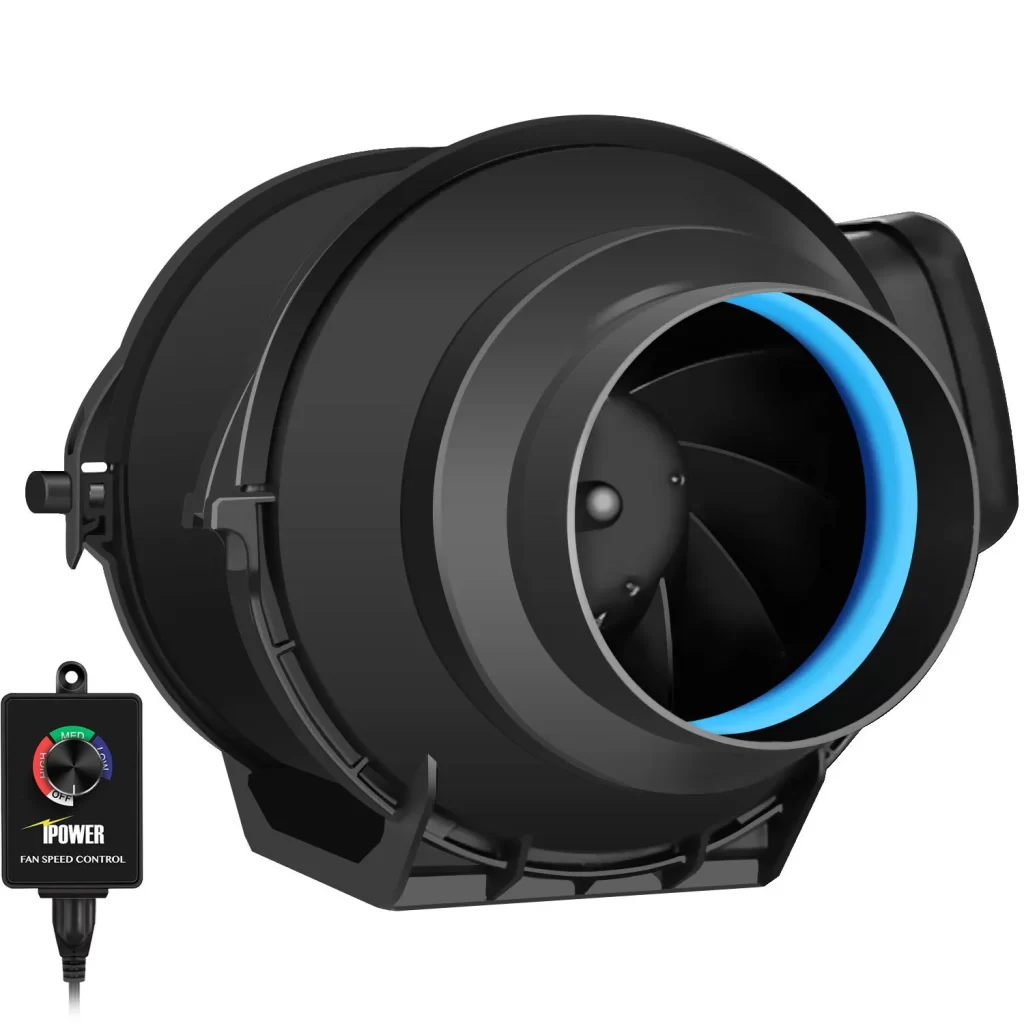Understanding the Quiet Exhaust Fan: Ideal Exhaust Fan for You
When it comes to maintaining a comfortable and healthy indoor environment, one often overlooked yet essential component is the exhaust fan. An effective quiet exhaust fan can significantly improve air circulation, mitigate moisture buildup, and eliminate unpleasant odors without generating excessive noise. In this article, we will delve deeply into the features, benefits, installation, maintenance, and selection of quiet exhaust fans.
Why Choose a Quiet Exhaust Fan?
The Importance of Indoor Air Quality
Air quality is crucial for health, safety, and comfort. Poor indoor air quality can lead to various health issues, including asthma, allergies, and other respiratory ailments. A quiet exhaust fan helps to ventilate areas by removing stale air, moisture, and pollutants, thus contributing to a healthier living space.
Sound Levels Matter
The decibel level of a fan can significantly affect your comfort levels. Many traditional exhaust fans can be quite loud, creating an environment that is not conducive to relaxation or productivity. On the other hand, a quiet exhaust fan operates at lower decibel levels, ensuring that you can enjoy peace and quiet while still benefiting from improved air quality.
Features of a Quiet Exhaust Fan
When choosing a quiet exhaust fan, it’s essential to consider its features. Here are some critical aspects to evaluate:
Noise Level (Measured in Decibels)
The most noticeable feature of a quiet exhaust fan is its noise level. Most quiet exhaust fans operate at noise levels ranging from 0.5 to 1.5 sones. To put this in perspective, one sone is approximately equivalent to the sound of a refrigerator humming.
Benefits of Low Noise
Low noise levels mean that you can operate the fan without disturbing activities like sleeping, watching television, or working from home.
Energy Efficiency
Environmental sustainability is a growing concern, and energy efficiency is an important feature of a quiet exhaust fan. Many models now come with energy-efficient motors and LED lighting options.
Long-Term Cost Savings
While the initial purchase price may be higher, a more energy-efficient fan will save you money on your electricity bill over time.
Size and Airflow Capacity
Choosing the right size of the fan is crucial. A fan that is too small will not effectively ventilate the area, while one that is too large may create excessive noise.
CFM Ratings
Fans are rated by their airflow capacity, measured in cubic feet per minute (CFM). Generally, a bathroom requires 1 CFM per square foot of space. For example, a 100-square-foot bathroom would need a fan rated for at least 100 CFM.
Additional Features
Humidity Sensors
Some advanced models come equipped with humidity sensors that automatically turn the fan on and off based on moisture levels. This feature helps prevent mold growth and reduces energy consumption.
Motion Sensors
Fans with motion sensors allow for hands-free operation, only running when someone is present in the room. This is particularly handy in bathrooms and utility rooms.
Benefits of Installing a Quiet Exhaust Fan
Enhanced Indoor Air Quality
One of the most significant benefits of using a quiet exhaust fan is the improved air quality it brings to indoor spaces. These fans effectively expel stale air, moisture, and contaminants, ensuring clean and fresh air circulation in your home.
Mold and Mildew Prevention
Excess moisture can lead to mold and mildew growth, which poses health risks and can damage your property. A quiet exhaust fan can significantly reduce humidity levels, promoting a healthier environment and protecting your walls and ceilings.
Odor Elimination
Cooking odors, bathroom smells, and pet-related scents can linger if not managed properly. A quiet exhaust fan can provide a discreet solution for eliminating unwanted odors, keeping your spaces smelling fresh and clean.
Energy Efficiency
Modern quiet exhaust fans often come with energy-efficient features, helping to reduce energy consumption while still providing effective ventilation. Over time, this translates into lower utility bills and a smaller carbon footprint.
Installation of a Quiet Exhaust Fan
Pre-Installation Considerations
Before installation, it’s crucial to determine the appropriate location for your exhaust fan. Common spots include bathrooms, kitchens, and laundry rooms, where moisture and odors are generated.
Tools Required
- Screwdriver
- Measuring tape
- Drywall saw
- Ladder
- Electrical wiring tools (if needed)
Installation Steps
Step 1: Turn Off Power
Always turn off the power supply before beginning any electrical work. This is an essential safety measure to prevent electric shock.
Step 2: Create the Fan Opening
Use the measuring tape and drywall saw to create an opening in the ceiling or wall where the fan will be installed.
Step 3: Connect the Wiring
Follow the manufacturer’s guidelines to connect the wiring from the fan to your electrical system. If you’re unsure, hiring a qualified electrician is always recommended.
Step 4: Secure the Fan
Place the fan into the opening and secure it as per the manufacturer’s instructions. Usually, this involves screwing it into place and ensuring it is flush with the ceiling or wall.
Step 5: Test the Fan
After everything is secured and reconnected, turn the power back on to test the fan. Make sure it operates quietly and effectively.
Maintenance Tips for Quiet Exhaust Fans
Regular Cleaning
Dust and grime can accumulate in quiet exhaust fans over time, reducing their efficiency. It’s recommended to clean the fan at least once every few months.
Cleaning Steps
- Turn off the power supply.
- Remove the fan cover.
- Use a damp cloth to wipe the blades and housing.
- Allow it to dry before replacing the cover and restoring power.
Inspecting the Motor
Listening for any unusual sounds can alert you to potential motor issues. If noises occur, it may be time for a professional inspection or replacement.
Checking Ductwork
Ensure that the ducts connected to your exhaust fan are clear and free of obstruction. Blocked ductwork can reduce airflow and compromise effectiveness.
Selecting the Right Quiet Exhaust Fan
Know Your Needs
Assess your specific needs before purchasing. For example, a bathroom may require a different fan compared to a kitchen or laundry room.
Review User Ratings and Reviews
Before making a purchase, look for models that have positive user ratings and reviews. This can provide insight into the fan’s performance and reliability.
Consider Brand Reputation
Brands known for quality exhaust fans typically have a reputation for durability, efficiency, and customer service.
Energy Star Ratings
Opt for models that are Energy Star certified, as they meet strict energy efficiency criteria that can lead to long-term savings.
Popular Brands of Quiet Exhaust Fans
Panasonic
Panasonic is renowned for producing reliable and quiet models. Their fans typically have a noise level below 1 sone, ideal for residential and commercial settings.
Broan-NuTone
Broan-NuTone offers a variety of models with low noise and high airflow capability. They also provide options with built-in lighting and humidity sensors.
Delta Breez
Delta Breez produces energy-efficient and quiet exhaust fans, often featuring brushless DC motors that enhance airflow while minimizing noise.
Air King
Air King models offer a wide selection of fans with a good balance of noise level and airflow. They are designed for both commercial and residential use and come equipped with various features.
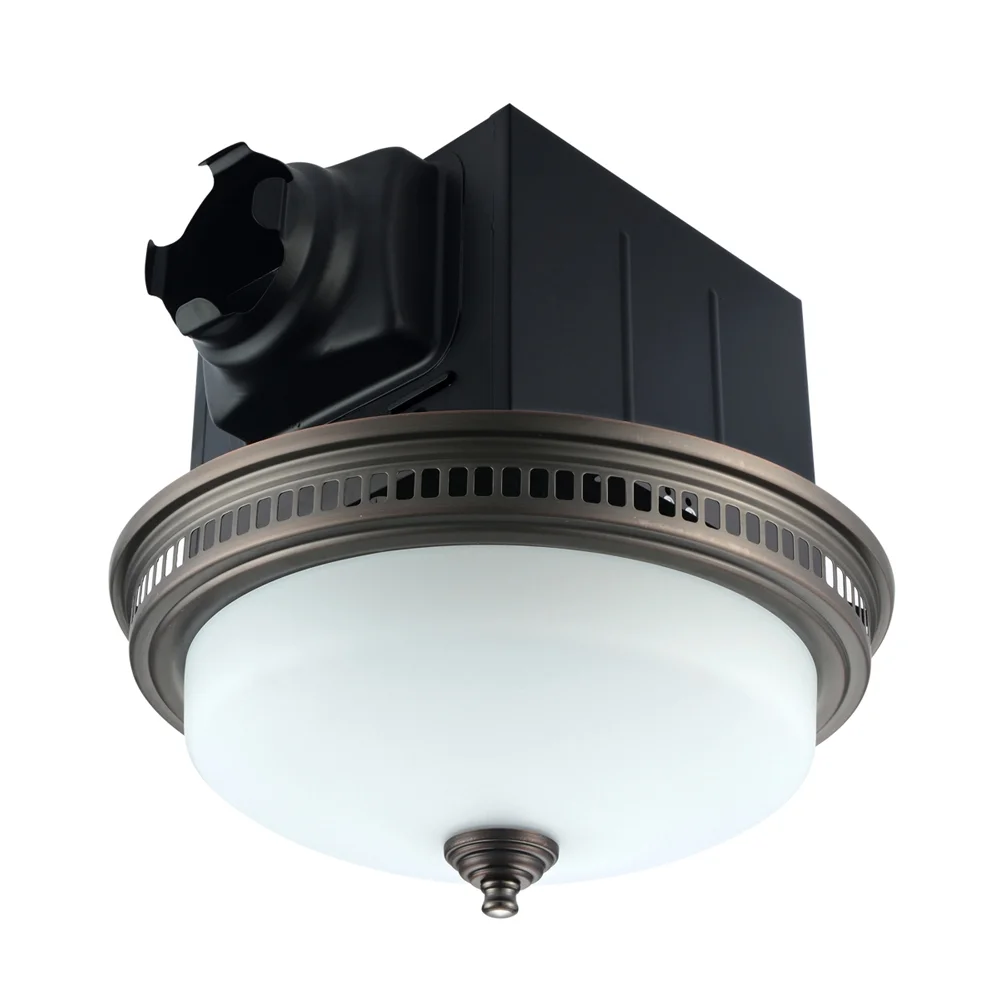 FAQs About Quiet Exhaust Fans
FAQs About Quiet Exhaust Fans
How loud is a typical quiet exhaust fan?
Most quiet exhaust fans operate in the range of 0.5 to 1.5 sones, which can be compared to the sound of a refrigerator humming.
Can I install a quiet exhaust fan myself?
If you are comfortable with DIY projects and have basic electrical knowledge, yes. However, for more complex installations, consider hiring a professional.
What is the difference between a quiet exhaust fan and a standard exhaust fan?
The primary difference lies in the noise level. Quiet exhaust fans are engineered to minimize sound while venting air efficiently.
Are there exhaust fans that operate automatically?
Yes, some models come with built-in humidity sensors or motion sensors that allow for automatic operation based on humidity levels or occupancy.
How often should I clean my quiet exhaust fan?
A good rule of thumb is to clean your exhaust fan every three to six months, or more frequently in high-use areas.
Conclusion
In summary, a quiet exhaust fan serves as an invaluable asset for improving indoor air quality, eliminating odors, and controlling moisture levels. With various available features and benefits, selecting the right one for your needs can make a significant difference in your home’s comfort and health.
Investing in a high-quality quiet exhaust fan not only enhances your living environment but also contributes to long-term energy savings and wellbeing. Whether you’re renovating or simply upgrading your systems, a quiet exhaust fan is a practical and effective solution for sustaining a healthy and serene indoor atmosphere.
